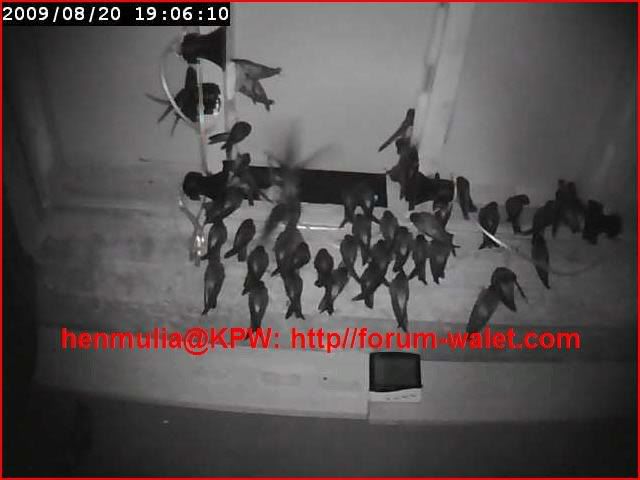Hi all ..... now 11:08PM ... drive to my BH and bring back this photo to share with you all !
CONGRATULATION TO PAK HEN - your aroma PASS my test in 10 days !
- an increase of that particular colony from 25 to 100++ birds in 10 days. i.e. 400%
- all the places sprayed by aroma, was taken out by the birds completely in 10 days !
- an increase in BH polulation from 150 birds to 350++ birds in 10 days. i.e. 240%
The effectiveness of a good aroma ! - EXCELLENCE !
11.08PM - Colony FULL HOUSE ! 100++ birds












